How do you get fit for trekking adventures in Nepal? It is a question we and our operators often get. You have done your research, watched some videos and seen tons of photos, but that still doesn’t give you an idea of the intensity of a normal day out on the trails to for example Annapurna or Everest Base Camp. How fit do I need to be for trekking? Will the altitude affect your physical fitness? Do I have to follow a training plan? Let us help you get ready for your trekking adventure in Nepal!
If you live anywhere else other than the Himalayas, it will be hard to get your legs ready for higher altitudes. After all, it doesn’t get much higher than Nepal. This is why we have to be clear upfront: Unless you have hiked at a higher altitude before, it will be difficult to get a 100% ready for your adventure. If that sounds bad to you, then comfort yourself with the fact that there is absolutely no need to be 100% ready. You are not climbing K2 or Mount Everest and you are not running a mountain race. You are trekking. You are actually supposed to take it easy. Taking it easy is a rule of thumb when you want to prevent altitude sickness while out in Nepal. It doesn’t matter how fit you are, once you are out there on the trails, you have to stick to your own pace. But of course, the fitter you are, the more you can enjoy your days. So, let’s get fit!



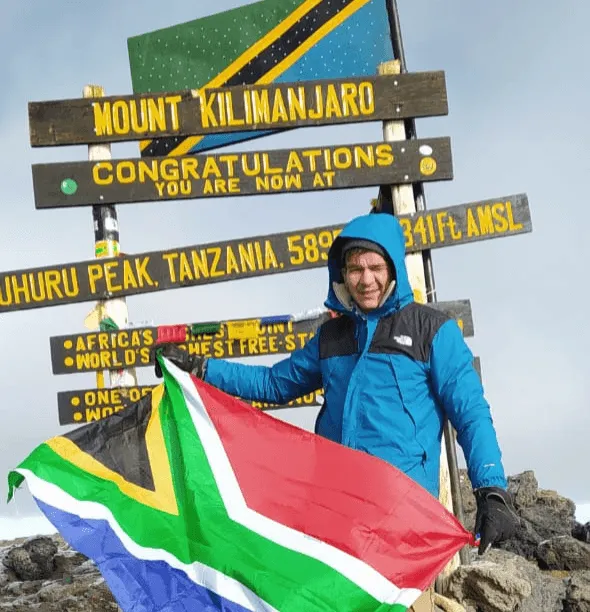
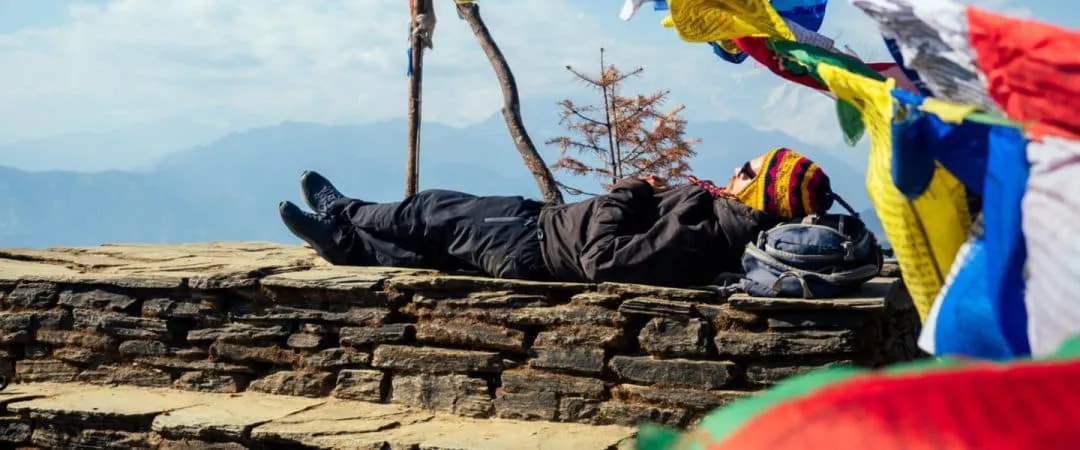
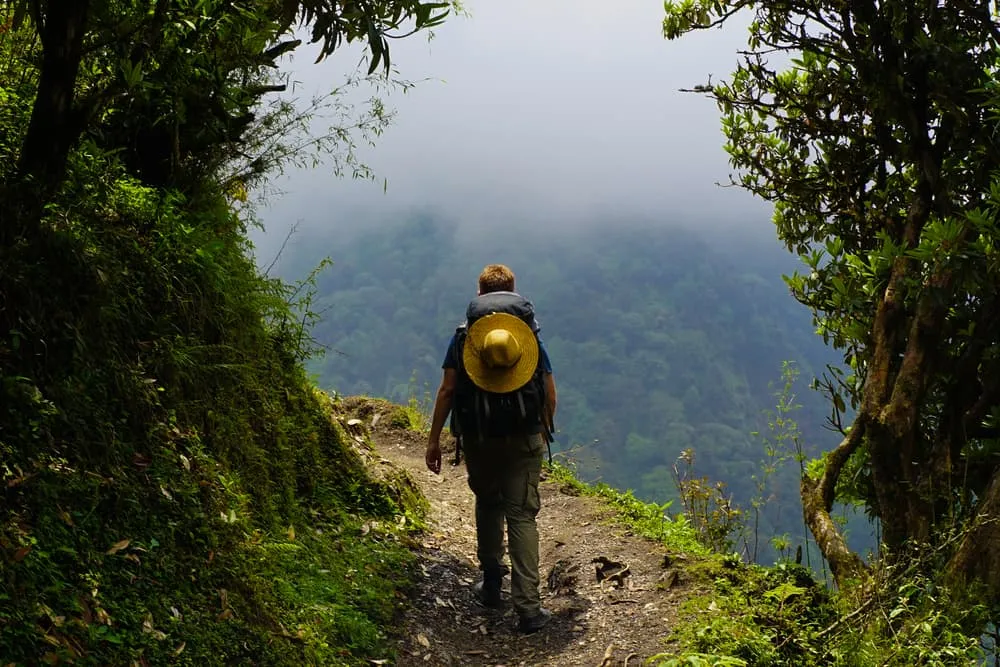
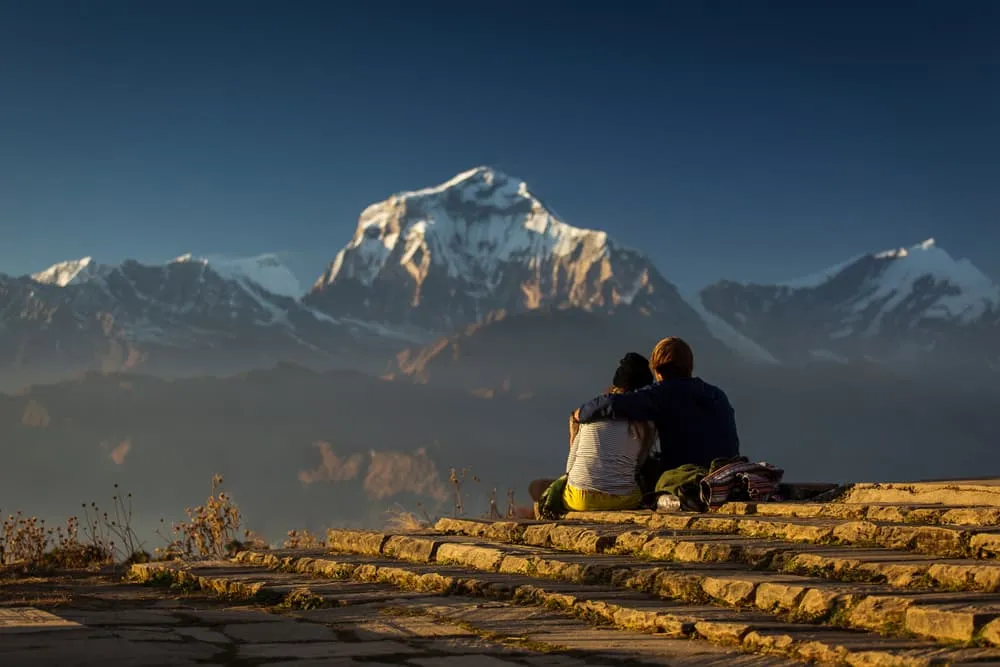
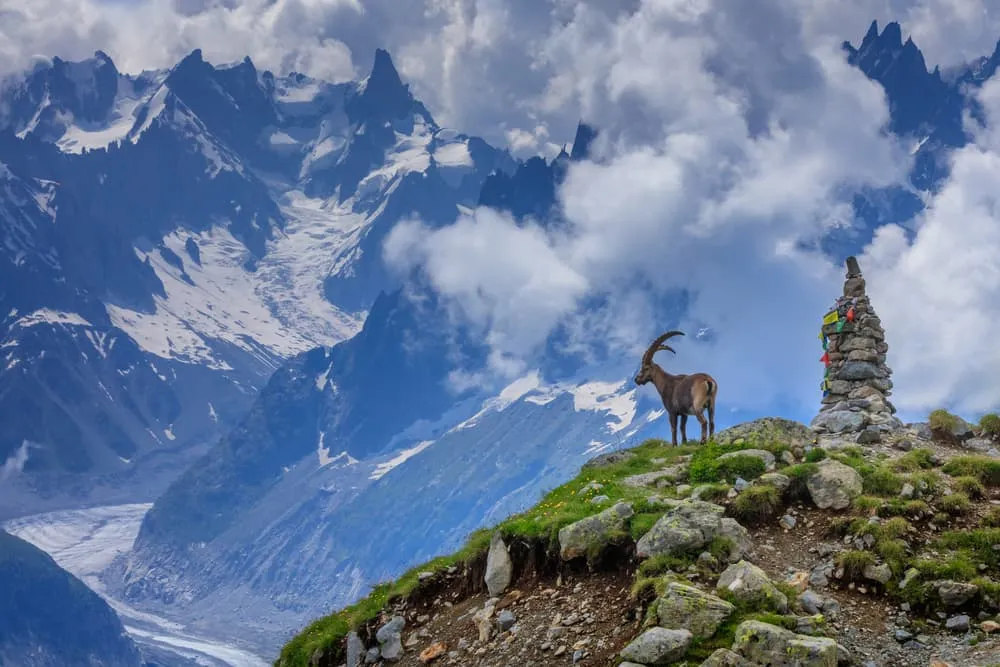
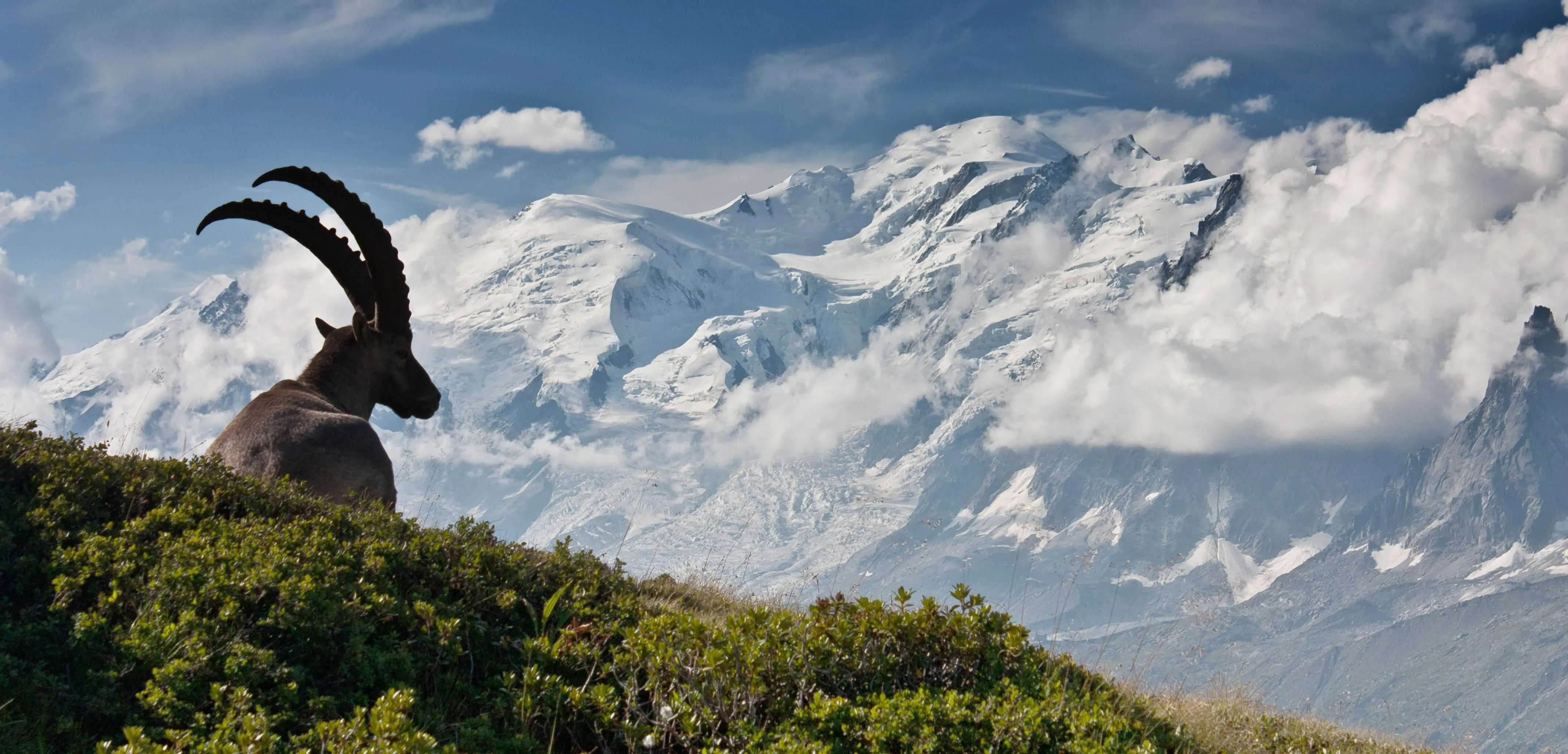
Comments